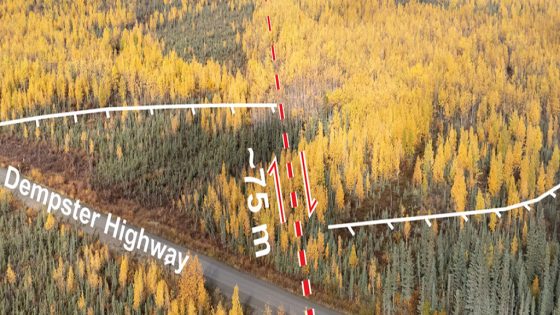The Tintina fault, a significant geological feature stretching 1,000 kilometers across northern Canada, is under renewed scrutiny due to recent research suggesting a potential for major earthquakes. This fault, long considered dormant for 40 million years, may not be as quiet as previously thought, according to a study published on 2025-08-01 07:28:00.
- Tintina fault spans 1,000 kilometers in Canada
- Recent study suggests imminent major earthquake
- Last notable earthquake occurred 12,000 years ago
- Researchers used high-resolution satellite imagery
- Fault scarps indicate past seismic activity
- Further studies needed for better predictions
Researchers from the University of Victoria and the University of Alberta have identified signs of two major seismic events in the past 2.6 million and 132,000 years. Alarmingly, the fault has shown no major activity in the last 12,000 years, leading scientists to speculate that pressure is building, potentially signaling an imminent earthquake.
This raises critical questions about the fault’s behavior and the implications for nearby communities like Dawson City. How can we better predict seismic events? Understanding the Tintina fault’s history is crucial for future safety measures. Key points include:
- The fault has been inactive for 12,000 years, suggesting accumulated pressure.
- Recent studies utilized advanced satellite and LIDAR technology to uncover hidden geological features.
- Potential earthquakes could exceed 7.5 on the Richter scale, posing risks to infrastructure.
As scientists continue to explore the Tintina fault, advancements in technology and data collection may enhance our understanding of seismic risks, ultimately leading to better preparedness for potential earthquakes.

































